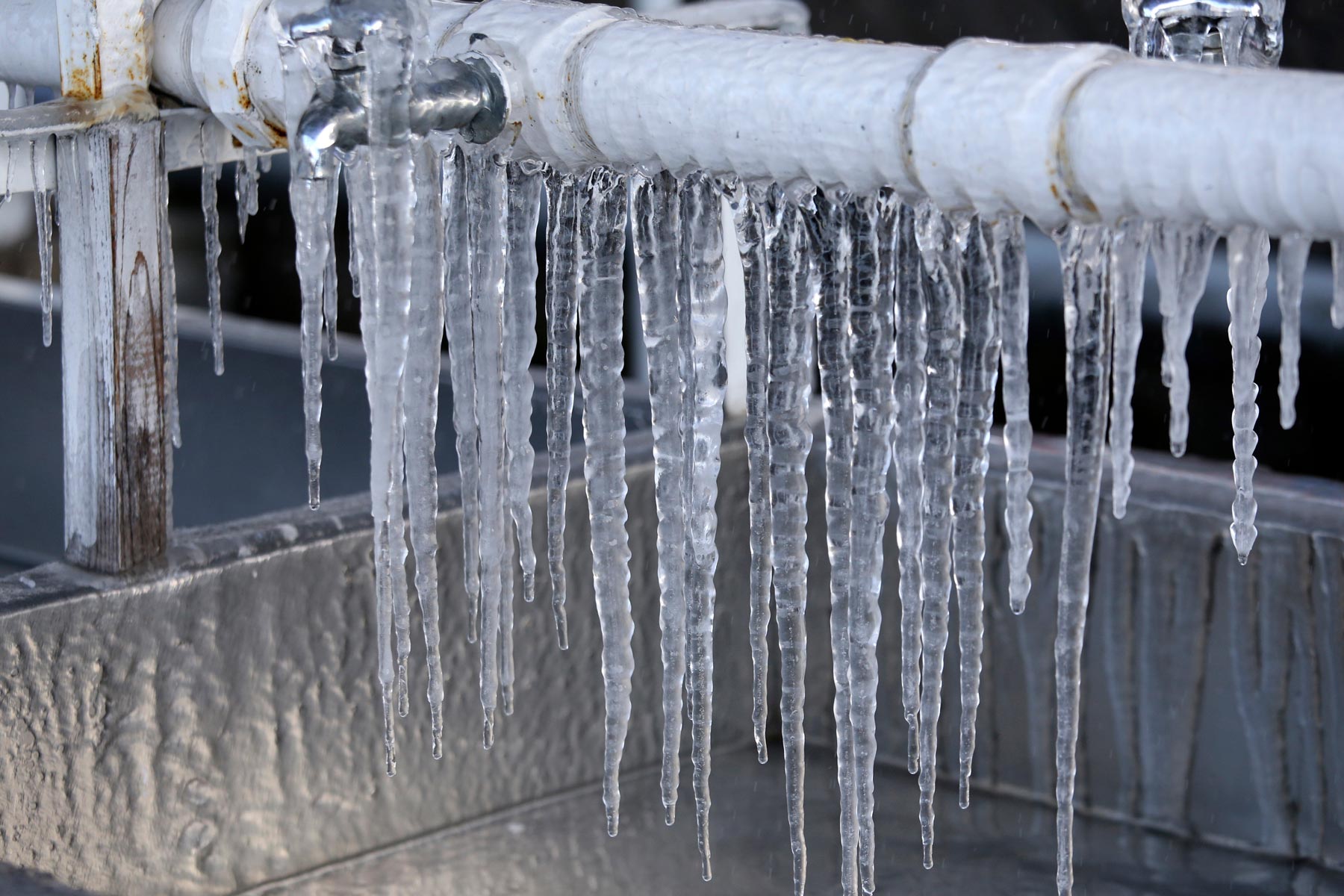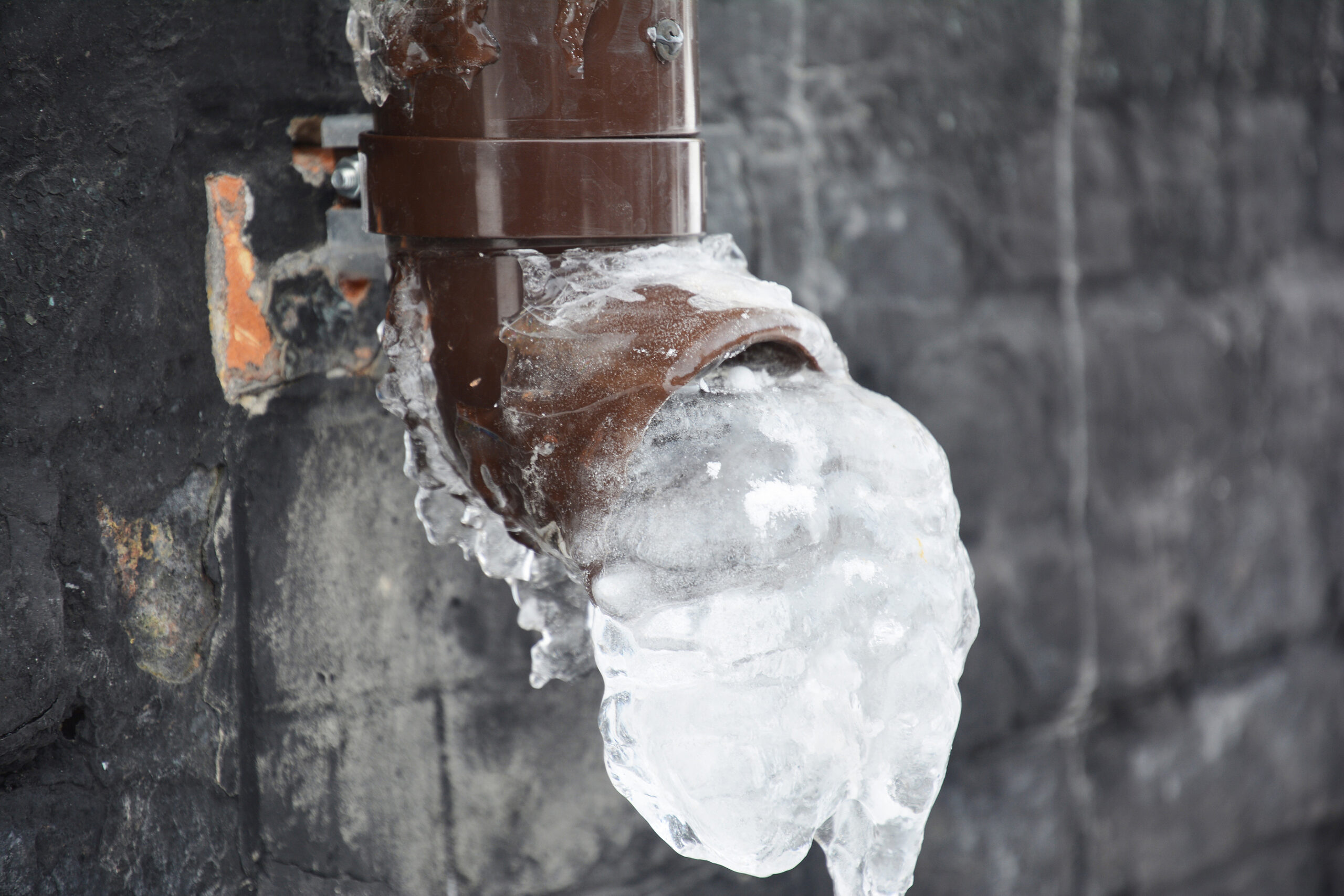Ways to Avoid Frozen Pipes in Winter: Expert Guidance
AboutThis article underneath relating to How to prepare your home plumbing for winter weather is relatively informative. You should look it over.

Cold weather can wreak havoc on your pipes, particularly by freezing pipelines. Right here's just how to avoid it from occurring and what to do if it does.
Introduction
As temperature levels drop, the danger of frozen pipes rises, potentially bring about costly fixings and water damage. Comprehending how to stop frozen pipelines is crucial for property owners in cool climates.
Prevention Tips
Protecting at risk pipes
Wrap pipes in insulation sleeves or utilize warmth tape to safeguard them from freezing temperature levels. Concentrate on pipelines in unheated or external locations of the home.
Heating techniques
Keep interior spaces effectively warmed, specifically locations with plumbing. Open closet doors to permit cozy air to flow around pipelines under sinks.
Just how to determine frozen pipes
Search for decreased water circulation from taps, unusual smells or sounds from pipes, and visible frost on revealed pipelines.
Long-Term Solutions
Structural adjustments
Consider rerouting pipelines away from exterior wall surfaces or unheated areas. Include extra insulation to attic rooms, basements, and crawl spaces.
Updating insulation
Purchase premium insulation for pipes, attic rooms, and walls. Proper insulation assists maintain regular temperatures and lowers the danger of frozen pipelines.
Protecting Outside Pipes
Garden tubes and outdoor taps
Disconnect and drain yard hoses before winter months. Set up frost-proof faucets or cover outdoor faucets with shielded caps.
Understanding Frozen Pipes
What creates pipelines to freeze?
Pipes freeze when subjected to temperature levels listed below 32 ° F (0 ° C) for expanded periods. As water inside the pipes freezes, it broadens, putting pressure on the pipeline wall surfaces and possibly creating them to break.
Threats and problems
Icy pipes can result in water system interruptions, building damages, and pricey fixings. Ruptured pipes can flood homes and cause extensive architectural damages.
Indications of Frozen Piping
Determining frozen pipes early can stop them from rupturing.
What to Do If Your Pipes Freeze
Immediate activities to take
If you presume frozen pipelines, maintain faucets open up to eliminate stress as the ice melts. Make use of a hairdryer or towels soaked in warm water to thaw pipes slowly.
Final thought
Avoiding icy pipes calls for proactive actions and quick actions. By comprehending the causes, indications, and safety nets, property owners can shield their plumbing during cold weather.
6 Proven Ways to Prevent Frozen Pipes and Protect Your Home
Disconnect and Drain Garden Hoses
Before winter arrives, start by disconnecting your garden hoses and draining any remaining water. Close the shut-off valves that supply outdoor hose bibs and leave the outdoor faucet open to allow any residual water to drain. For extra protection, consider using faucet covers throughout the colder months. It’s also important to drain water from any sprinkler supply lines following the manufacturer’s directions.
Insulate Exposed Pipes
Insulating your pipes is an effective way to prevent freezing. Pipe insulation is readily available at home improvement stores and is relatively inexpensive. Pay close attention to pipes in unheated areas such as the attic, basement, crawl spaces, or garage. Apply foam insulation generously to create a buffer against the cold. You can also wrap your pipes in heat tape or thermostat-controlled heat cables for added warmth.
Seal Air Leaks
Inspect your home for any cracks or openings that could let in cold air. Seal any holes around the piping in interior or exterior walls, as well as the sill plates where your home rests on its foundation. Additionally, make sure to keep your garage door closed unless you’re entering or exiting. Leaving it open creates a significant air leak that can lead to frozen pipes.
Allow Warm Air Circulation
During cold snaps, it’s essential to allow warm air to circulate evenly throughout your home. Leave interior doors ajar to promote better airflow. Open kitchen and bathroom cabinets to help distribute heat consistently around the rooms. If you have small children or pets, be sure to remove any household chemicals or potentially harmful cleaners from open cabinets for safety.
Let Faucets Drip
A small trickle of water can make a big difference in preventing ice formation inside your pipes. When temperatures drop significantly, start a drip of water from all faucets served by exposed pipes. This continuous flow helps prevent the water from freezing. Additionally, running a few faucets slightly can relieve pressure inside the pipes, reducing the chances of a rupture if the water inside does freeze.
https://choateshvac.com/6-proven-ways-to-prevent-frozen-pipes-and-protect-your-home/

I hope you liked our piece on How to Prevent Your Pipes From Freezing. Thanks so much for taking a few minutes to browse our blog post. If you enjoyed our blog entry please consider to pass it around. I thank you for your readership.
Call Today